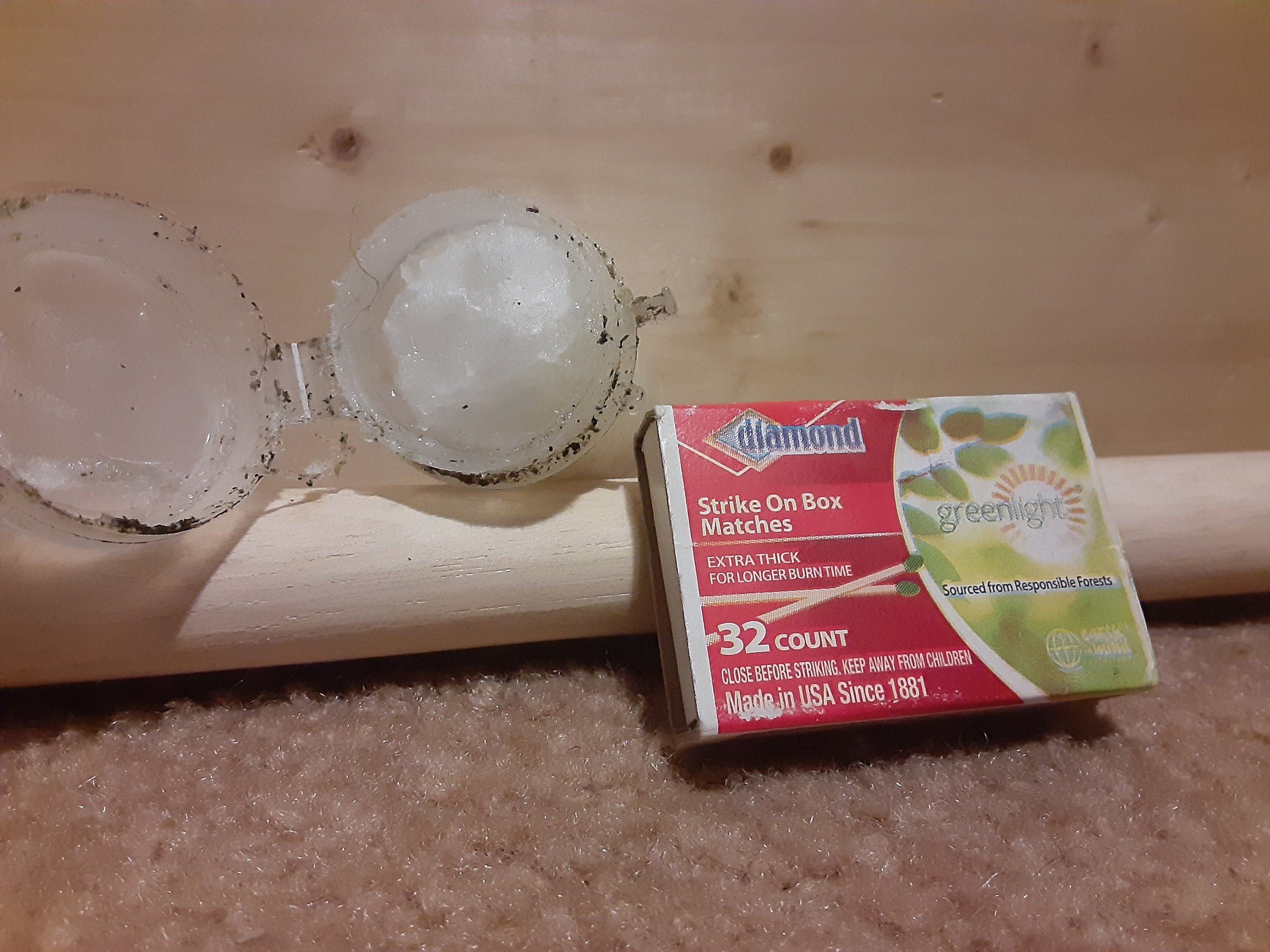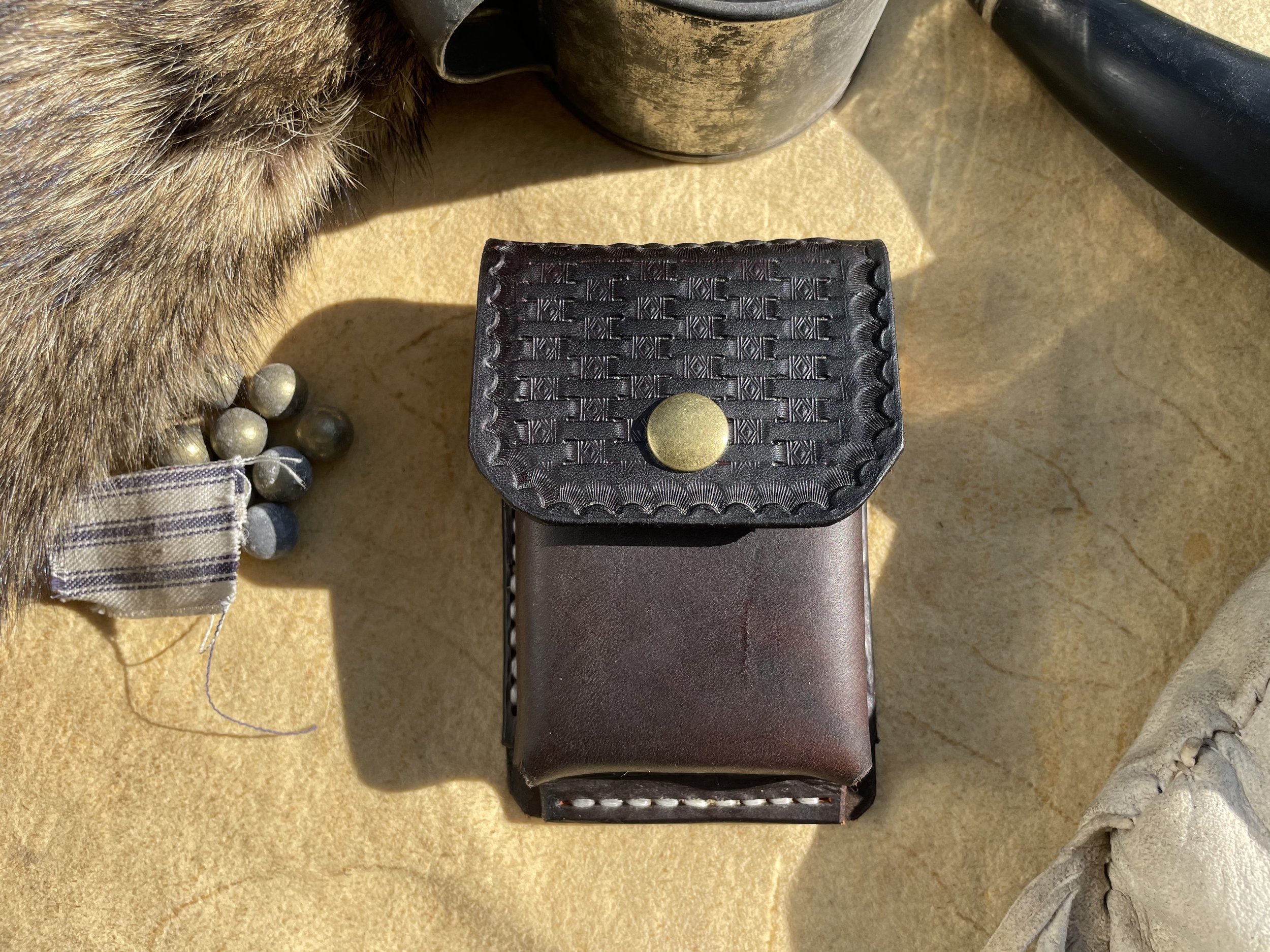Deconstruct Your Fire-Making Skills
Fire making is one of many outdoor skills you can deconstruct to build your confidence.
Building a solid foundation of outdoor skills is important for anyone who wants to spend significant time in the natural world. In our modern day and age, spending more time outside might be one of the most important things you can do to improve your health and wellness. Research suggests that going outside has big psychological and health benefits. Honestly, what sort of jacked-up society needs research to tell them that it’s good to go outside? Maybe it’s an indicator of just how out of balance we’ve really grown.
Although spending time in nature is a simple and effective way to improve your life, it doesn’t come without responsibility. You’ve got the responsibility to understand how to feed, shelter, and protect yourself. For some people, this responsibility creates fear that causes them to stay where things are normal, secure, and within their control. The problem is, surrendering to fear isn’t a good recipe for success. Fear certainly can be a good thing, but living in fear is not a healthy way of living.
One thing you can do to overcome uncertainty about outdoor living is to begin building a foundation of skills. Build your skills and you’ll build your confidence. Before long you’ll be going to places you previously thought were impossible.
All that sounds great, but where do you start if you're at zero? How can you build confidence if you haven’t been camping, or if you’ve never slept in a tent? The good news is that you can start wherever you are at. You have the ability inside you, you may just be lacking the knowledge or skill. Luckily, those are two things you can add to yourself if you invest the time. Perhaps the most basic outdoor skill to start is with fire-making.
Fire-Making
Making fire is one of the most basic outdoor skills everyone should be familiar with. Fire is important for cooking, warmth, and protection. It’s also a fundamental skill that you need to do other skills or activities that will make your time in the woods better and more enjoyable. To build your fire-making skills, start by becoming competent using the most technology available, and slowly working back to the point where you feel is an appropriate stopping place. Before working on the skill, you have the knowledge of how a fire works.
Ingredients of a Fire
Fires are really pretty simple and need just a few ingredients. First, fires need fuel. Fuel can be anything that burns including; wood, grass, gasoline, cloth, newspaper, or even potato chips. While the subject of fuel might be a good article in itself, at first you only need to know that you need fuel. Secondly, fire needs oxygen. Early on, too much oxygen can put your fire out, and once the fire is built, too much oxygen can make it too large. Knowing that fires need oxygen is pretty basic but important. Finally, fires need heat. Without heat, the fire will be too cool to catch the fuel you provide for it.
It’s also important to understand the basics when building a fire. Essentially, when you build a fire, you want to start with the smallest fuel source you can. This is called tinder. Tinder is the smallest, fluffiest, and driest thing you can imagine. The best tinder will catch a spark and create a fire. The second thing you need is kindling. Kindling is the fuel that is larger than tinder, but still small enough to catch. Dead and dry twigs are a good source of kindling. As your fire generates more heat, you can add larger and larger pieces of fuel.
So, a quick review:
Fires need 3 ingredients: Fuel, oxygen, heat.
Fires should be built from small to large.
Build Your Outdoor Skills Through Deconstruction
A good way to build outdoor skills is by deconstructing the skill. Here is how you can “deconstruct” fire, build your skills, and boost your confidence.
Level 1: Lighter and Emergency Fire Starting Brick
The easiest way to start a fire is by using a good lighter and an emergency fire starting brick. These tools are so good, that anybody can use them to get a fire going. You’ll have to apply knowledge of fire basics, but the technology will help you overcome any mistakes you make. If you have never made a fire before, this is the place to start.
Before moving on, it might be good to point out that you may never want to completely leave this behind. As you begin to test yourself and your skills, you may get yourself into a situation that exceeds your current ability. With this combo, you can start a fire nearly anywhere, so it might be good in an emergency.
Level 2: Matches and Homemade Fire Starter
If you’ve gotten proficient in making a fire in level 1, you’ll want to move on to what I’ll call level 2. Level 2 requires a bit more knowledge, and a bit more skill, but will still use technology to help you along. Basically, you replace the ignition source (lighter) with matches and the tinder (fire brick) with some of your own construction. These days, matches come in all grades and qualities. You can use whatever ones you feel comfortable with, realizing that more generic matches build more skill. There are also many ways to make your own tinder. One easy way is to impregnate cotton balls with vaseline. This combination will not burn as hot as the Level 1 combo, and you will have to do a better job selecting kindling and managing your fire. Once you are able to use this method in many situations, you have moved even further into the area of skill development.
Cotton balls impregnated with vaseline and matches are a good second step to building your fire-making skills.
Level 3: Ferro Rod and Natural Tinder
We’ll say that Level 3 skills would be using a ferro rod and natural tinder. Ferro rods are more difficult to start a fire with, but with temperatures over 5,000˚ F, they can be extremely hot for a brief moment. At this point, you can also start using sources of natural tinder. Natural tinder is more difficult to work with than manufactured materials, and you’ll need to learn about good sources in your area. You’ll also need to begin planning ahead for your fire. For example, looking for tinder at the end of a rainy day is a bad idea. Take the responsibility to always have dry tinder in your pack. That way, you can make fire when it is needed. This is not easy, and it takes practice, but the practice is what builds skill.
Odds are, this is the point where you may really begin to spend time practicing a skill and expanding your knowledge base. However, there are more primitive methods of fire starting that require even more skill and knowledge.
Level 4: Flint and Steel
Flint and steel was the preferred method of fire starting by Iron Age societies for thousands of years. While the materials themselves have changed over time, the basic idea is still the same. Basically, you need a rock that causes metal to spark when you strike them together. You catch those sparks in some sort of material (generally char) that will create an ember from it. Once you get an ember going, you place that material in a tinder bundle. Next, the fire must be brought to life by adding the correct amount of oxygen to the bundle. If you do it correctly, the tinder bundle will catch and you can add your kindling and build your fire.
Flint and steel is more difficult because of several elements. First, you have added a few more layers of knowledge to the task. You need a good firesteel, the right kind of rock, and you need to know how to make or find char. Secondly, you will need very good sources of tinder. Finally, the temperature of the ember is so low that you will need to do a good job coaxing it along or you will fail to make fire. The benefit of using this method is that with a simple firesteel you could potentially make fire for decades without any other purchased inputs.
If you are interested, here is a video I put together showing the process.
Level 5: Friction Fire
The method of making fire that requires the highest level of skill and knowledge is fire by friction. Friction is the oldest method people developed to make fires. People around the world developed a variety of methods to accomplish the same task. Essentially, to make a friction fire you rub two pieces of wood, or one piece of wood and one hard material, together. As you do that, small particles of hot dust will form from the friction. More and more dust will form the longer you rub them together. As the warm dust accumulates, there will be a moment when it gets hot enough that it welds itself together as a coal. This coal can then be transferred to a tinder bundle and brought to life.
Here is a video showing the process.
If you’ve ever tried making friction fire, you know the difficulties that surround it. You’ll encounter a hundred challenges along the way, but if you do everything correctly you can surely make fire. This method requires the most skill and most knowledge. Life other primitive methods, friction fires become more difficult as the weather deteriorates. Humidity, outside temperature, and wind all play a role in making a coal. However, if you can successfully master this method, you’ll need nothing other than a sharp rock to make fire for the rest of your life.
I hope this article clearly outlines the process for developing outdoor skills in fire-making. Fire making is one of the most basic outdoor skills you need to be comfortable with. It might be worth noting that you don’t have to reach Level 5 in order to be a competent outdoorsman. People who have mastered Level 5 are the most competent and have developed the most skill, but even Level 1 people can enjoy the outdoors. However, the further you can move toward mastery of Level 5, the more skill you have built in yourself and the more you have freed yourself from dependence on technology. Personally, I have made dozens of friction fires, including several hand drill fires, but find myself generally in the Level 4 or 3 range. Although I don’t make friction fires regularly, I feel like my experience at that level has helped me in many ways. In the end, this is why I’d encourage you to deconstruct your fire skills in this manner. You may not always use the most difficult method, but practicing a more difficult method will stretch you and build your skill from wherever you are at. In the end, it is this building and investing in yourself that will give you the confidence to go outdoors and know that you can be responsible for yourself and people with you. With that confidence, you’ll begin to experience the freedom and other benefits the great outdoors offers.


